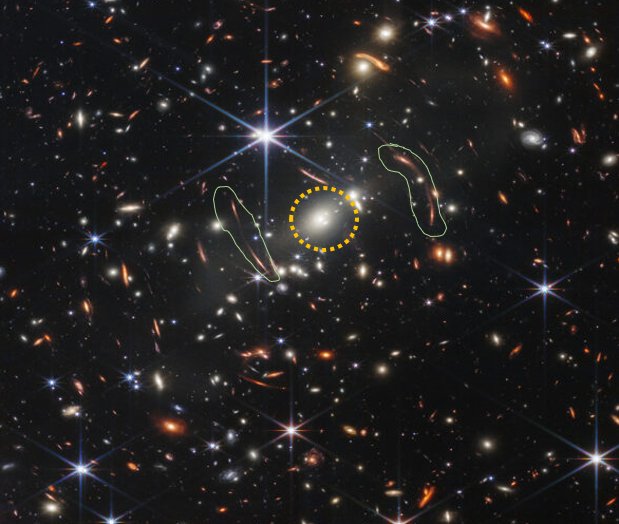Photo Courtesy: X
In a landmark moment for space science and exploration, the first photo clicked by the world’s most powerful space camera has been unveiled – and it’s nothing short of breath-taking. Captured by the Legacy Survey of Space and Time (LSST) camera mounted on the Vera C. Rubin Observatory in Chile, this 3,200-megapixel image is the clearest and most detailed cosmic photograph ever taken, ushering in a new era of discovery in modern astronomy.
The image features the Trifid and Lagoon Nebulae – two iconic star-forming regions located in the constellation Sagittarius. The depth, colour, and clarity of the image are extraordinary, revealing intricate filaments of interstellar gas and clouds of dust where new stars are being born. Scientists and space enthusiasts alike are calling it a turning point for space research.
The space camera, known officially as the LSST Camera, is the largest digital camera ever built for ground-based astronomy. With a resolution of 3.2 gigapixels, it can spot objects 100 million times fainter than the human eye can see. It’s not just the camera’s size that’s revolutionary – its ability to capture vast portions of the night sky in minute detail sets it apart from any previous technology.
What makes this moment particularly significant is not just the awe-inspiring photograph, but what it symbolizes: a scientific tool with the capability to map the southern sky every few nights over the next ten years. The Rubin Observatory’s mission is to catalog over 20 billion galaxies, track asteroids, observe supernovae in real time, and help answer one of the biggest mysteries in science—what is dark matter and dark energy?
The first photo clicked by the world’s most powerful space camera is already being hailed as the start of a revolution. Unlike past space telescopes that focused on narrow patches of the sky, this new generation of cameras provides a sweeping view, capable of detecting subtle changes across the universe. In just one night, this camera can collect more astronomical data than all previous sky surveys combined.
To ensure image quality, the LSST camera operates at ultra-low temperatures – around minus 100 degrees Celsius. This helps minimize noise in the sensor and allows scientists to study extremely faint celestial bodies with unmatched precision. The camera also contains six specialized filters that enable it to capture light across a broad spectrum—from ultraviolet to near-infrared.
Engineered and assembled over nearly two decades, the Rubin Observatory’s space camera is now set to change the course of observational astronomy. Its massive field of view is equivalent to seven full moons stitched together, and with its lightning-fast shutter and data-processing capabilities, it can observe transient phenomena like asteroid flybys, gamma-ray bursts, and gravitational lensing in real time.
The image itself is not just a technological marvel – t is a glimpse into the cosmic past. Every speck of light in the image is a story: some from nearby stars, others from galaxies billions of light-years away. The ability to see this detail in one single image is what makes this milestone extraordinary.
The impact extends beyond science. This monumental photo has captured the public imagination, offering a reminder of the boundless mysteries that the universe still holds. As the Rubin Observatory continues its operations, this camera will regularly release stunning images and crucial data – accessible to scientists and the public alike.
For astronomy lovers, this is more than a breakthrough. It is a rare moment when the invisible becomes visible. With the world’s most powerful space camera, the universe is not just being observed – it’s being documented like never before. We are now entering a decade where new planets, galaxies, and cosmic events will be captured not just by satellites and probes, but by the sheer might of ground-based imaging.
In conclusion, the first photo clicked by the world’s most powerful space camera is more than just an image – it’s a declaration. It announces that we have entered a new chapter in humanity’s quest to understand the universe. And if this first image is any indication, the future of astronomy is not just bright – it’s blazing.




